Metalworking andMachiningThe selection of the appropriate bonding technology is an important factor in determining the success of a project. Laser bonding and conventional bonding (MIG/MAG, TIG, etc.) are the two most dominant technologies in terms of productivity, quality, and final quality. We understand that it is very important for us to understand the disadvantages of using Vision and OmniMatrix, and to make sure that we have the optimal performance of the product through the calculation, reed tapping, and so on.
In this article, we have explained in detail the long and shortcomings of the two technologies, as well as a selection of the most relevant information based on the second programme.
I. Comparison of Compact Technologies: Accuracy, Speed and Thermal Effects
1. Accuracy and bonding quality
Laser bonding: Very high energy density and high light collecting laser beams are used as a heat source. The heat-affected zone (HAZ) is very small, extremely narrow and deep, and is used to make the fusion connection. This means that the distortion of the processed material is extremely small, which is ideal for precision parts, thin materials, and products where aesthetics is important. Soldering is usually very difficult, and the subsequent grinding is necessary in order to achieve this.
Soldering (example and TIG): The base material and soluble consumables are soluble in an aqueous solution. When a skilled technician performs high-quality welding, the thermal impact is wide, the heat input is large, and the processed material is distorted with a high degree of leakage. In general, it is suitable for medium to thick plates, and it is necessary to treat the surfaces with plough, foam and surface treatment.
2. Productivity and Speed
Laser Welding: The basic high-speed program is suitable for large-scale production, especially for long-welding relay projects and automation. The speed is several times that of conventional welding, and the production service has been greatly reduced, resulting in a reduction in unit time and cost.
Soldering: In general, the time required and the degree of sophistication of the oplaiter are dependent on the type of soldering. In the case of small roto, the single-piece pierce production has a high flexibility and advantage, while in the case of large roto, the efficiency of the bolt is significant. Picture [1]-Laser Welding vs. Conventional Welding: How to choose the right technology for your project? -Picture[2]-Laser Welding vs. Conventional Welding: How to choose the right technology for your project? -Dalian Fuhong Machinery Co.
3. Analysis of Constituent Elements
Lazer dissolve:
Initial investment: Very high. The price of the equipment, such as the laser generator and the automated workstation, is very high.
転コスト:Low-い。 Fast speeds, low consumption (not required in the case of welding), and low processing costs make long-term production unit prices more favourable.
Traditional solving:
Initial investment: Comparatively low, the barrier to entry for equipment is low.
Operational Costs: High. The skilled workers depend on the high cost of parts, the high consumption of welding consumables (wireless, tainted electrodes, and steel gases), and the possibility of additional contracts for future projects.
II.どのように選択するか? Main Decision Factor
The customer's programme elements are the only basis for selection. Please refer to the decision matrix below:
Recommended Techniques in the Projekt Why
The laser bonding of thin materials (< 1 mm) prevents barring and distortion and ensures accuracy.
Thick plate materials (>5 mm) We have developed our welding technology and equipment with a high degree of co-efficiency.
The high precision of laser joining is required to minimise the heat impact and distortion, and to achieve consistent joining in terms of aesthetics and consistency.
High-speed production, low unit cost, and high consistency.
小ロット、プロトタイピング 従来のはんだ付け フレキシブルなセットアップ、高価な治具や固定具が不要で、コスト効率が高い。
Limitation of budget and prudent investment 鈥従he initial investment in equipment is small, and it is suitable for the production of Projektベース.
Multi-material and hetero-material welding is a must for special evaluation. Laser bonding is necessary for very high quality construction of crimps, and the conventional bonding is very forgiving.
III. Examples of practical use of Sinalio
The representative use of laser bonding:
Medical equipments:Surgical equipments, implants, absolute cleanliness and deformation are required.
Aerospace: Enzymbolism, Precision Service Parts.
Home Appliances: Battery systems, internal structure of mobile phones.
Automobile industry: Torrance miniature gallery, jewellery for airbags.
The representative use of the soluble joints:
Architectural steel structure: The joints of beams and columns require large thickness and high strength.
Heavy machine: Digger Boom,Minute Maid Mechanical Frames.
Pressure vessels: Pip-splice, Tank-splice.
Repair and maintenance: High flexibility is necessary for on-site work.
IV.よくある question (FAQ)
Q: Is laser welding always stronger than conventional welding?
A: It is necessary to do so. The strength of the weld is set by the proxies and parameter in the correct way. It is possible to weld the strength of the base material upward or downward. The advantage of laser welding is the combination of high strength and low distortion.
Q: Are there any special materials that I can use for my products, or do I have to choose them?
A: It is difficult to dissolve a laser for highly reflective materials (such as Aluminium, Copper, etc.), so a specific laser held in a parameter is necessary. In this case, the conventional melting method is widely applicable. The best way to do this is to provide a sample for test melting.
Q: What is his technique for taking the technology completely?
A: Yes. The two companies are complementary and substitutes for each other. The modern first-class mesh is made by introducing the technologies of both parties and realising the most appropriate concepts and quality management, and by combining the characteristics of the products and choosing the most appropriate plans.
Conclusion: Vegetables.
The selection of laser welding and other types of welding is based on accuracy, efficiency, cost, and material suitability of the tooling. The laser joining is suitable for extremely precise prototyping and mass production. Thick materials, small roto, and high-calculation plans are cost-effective for conventional bonding.
What is the most suitable technology for the customer's project?
The professional team of "GOSHANA" will ask you lightweight about the service!
We have both advanced felting equipment and experienced traditional felting technicians. We also provide the most professional and technical adobes and advice on the most appropriate way to achieve success in the most appropriate way for the customer's project, as well as the evaluation of the melting without material.
The Kastamas are available in a wide range of sizes, so please ask us what you would like to see today!

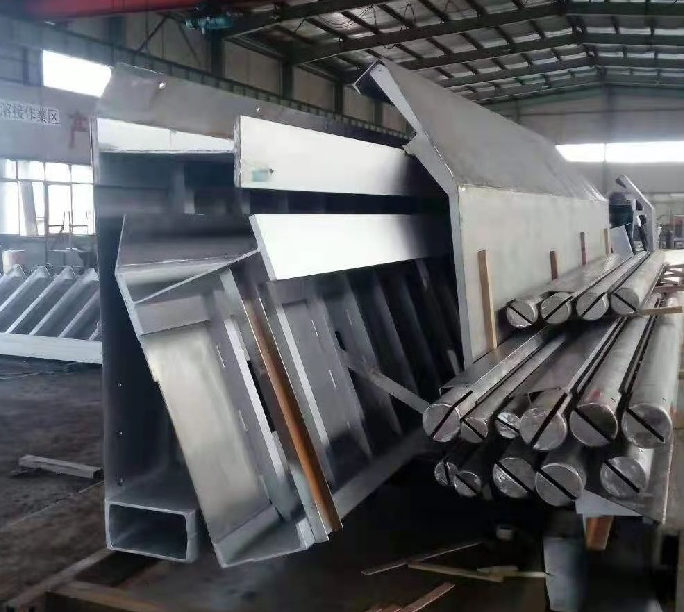
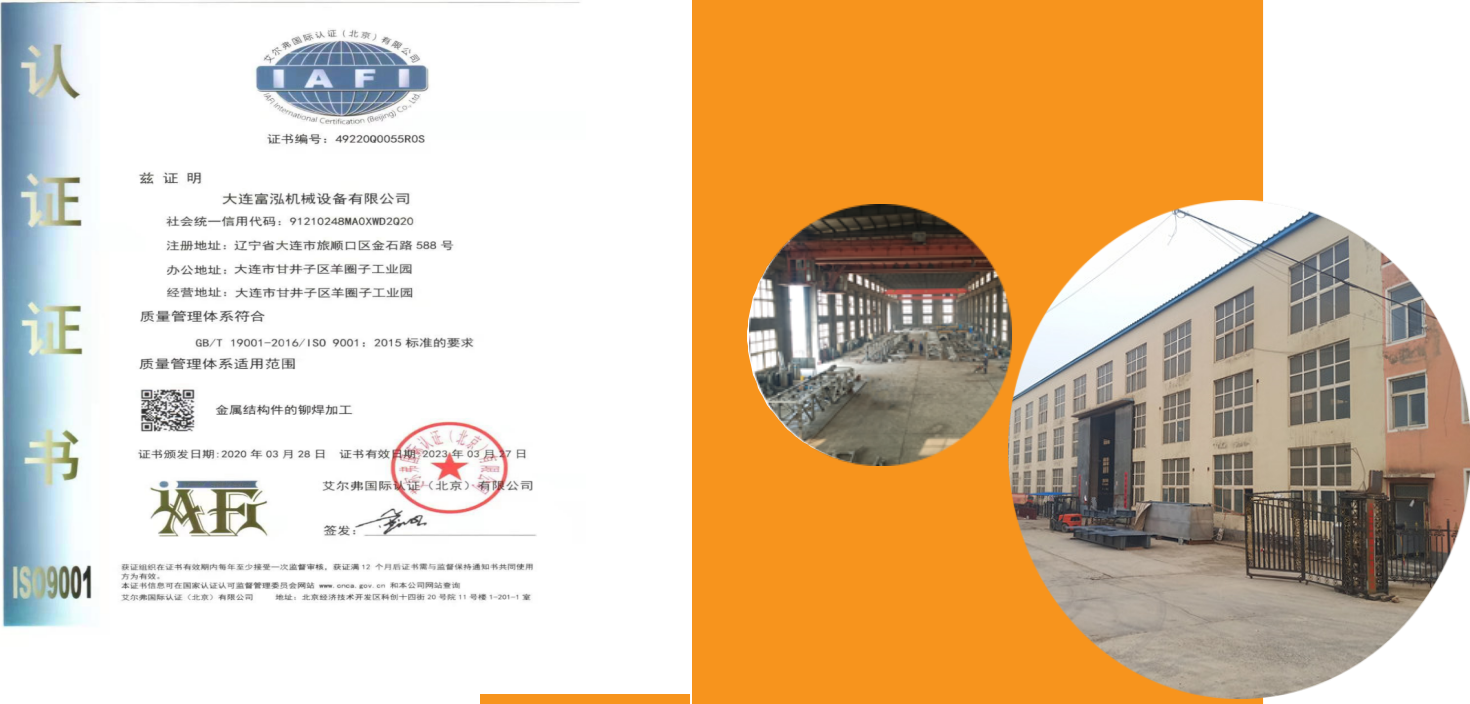



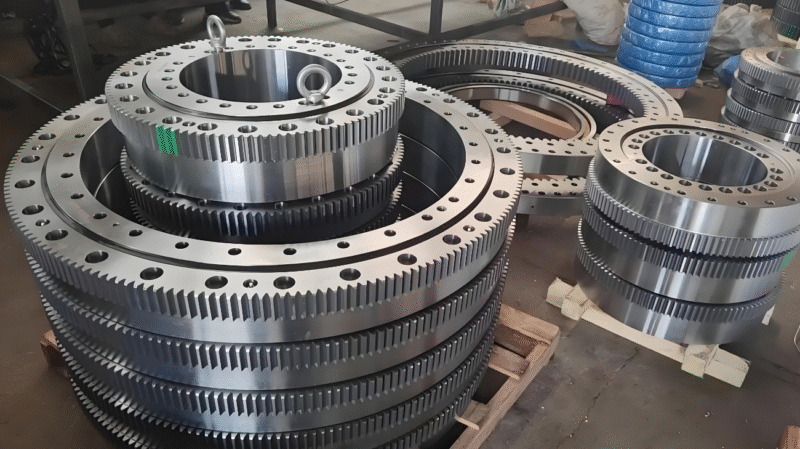
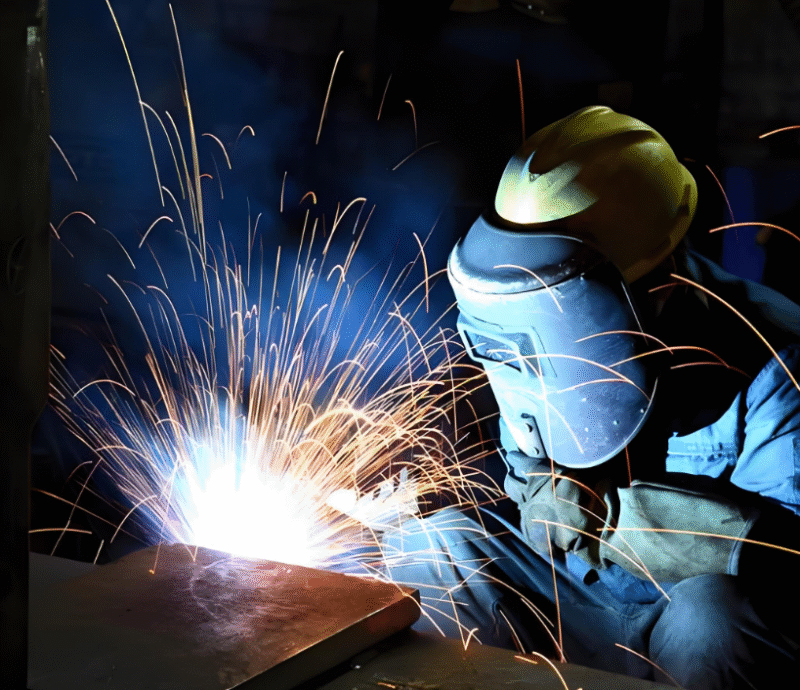
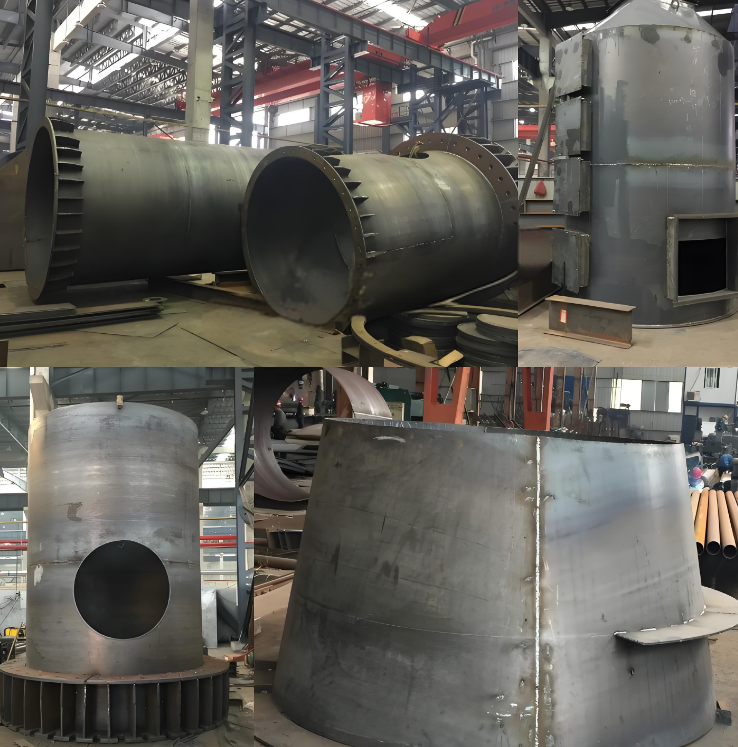
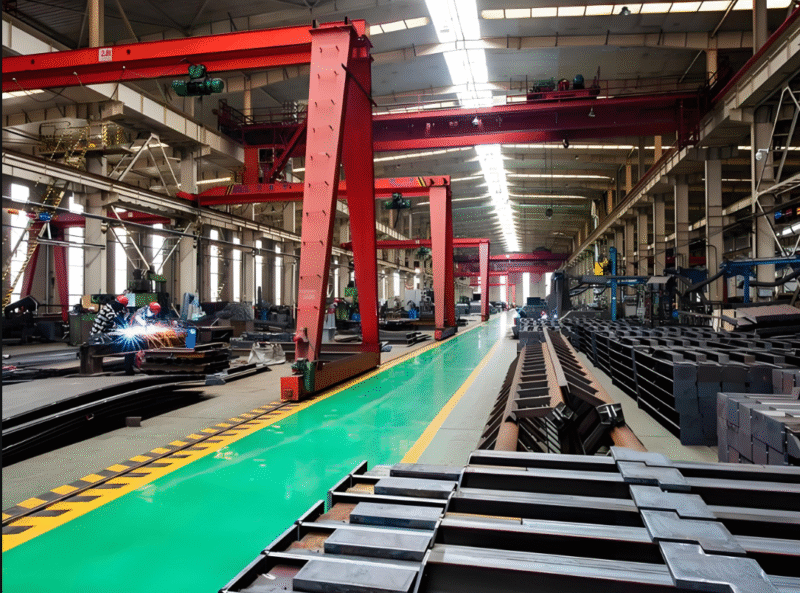

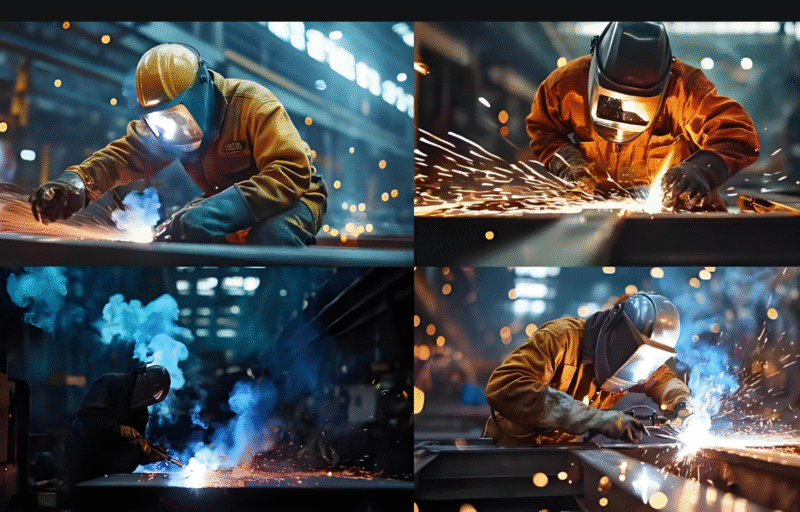


No comments